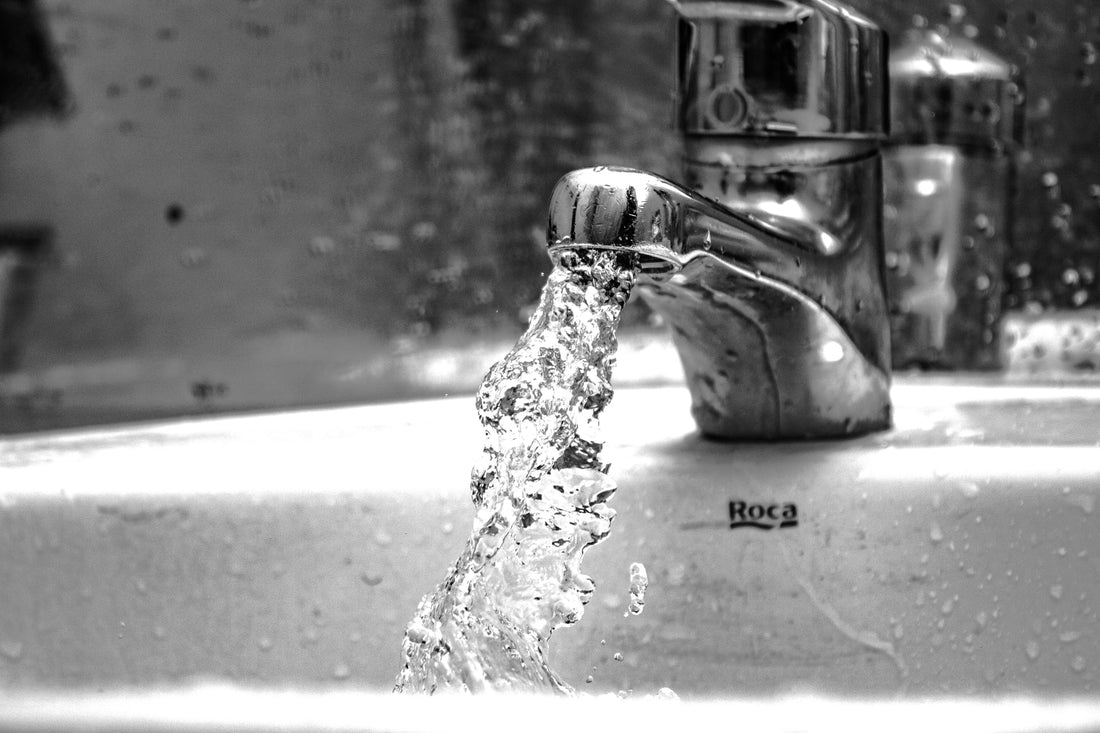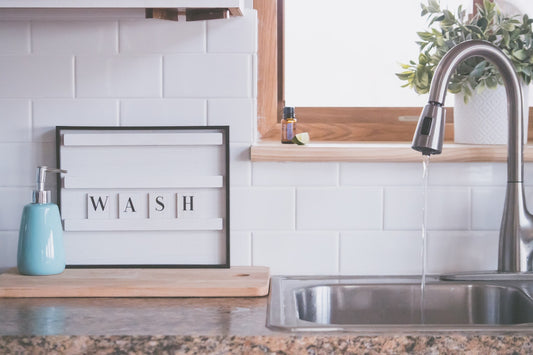If you have hard water in your home, purchasing a water softener is a great solution.
After all, water softeners are designed to remove minerals causing hardness in your water.
However, you might not need to use your water softener at all times. That’s why most of them come with a bypass valve, allowing you to direct water away from the system.
In this blog post, we’ll explain in detail how you can bypass your water softener based on the type of valves your water softener features.
Why Would You Bypass Your Water Softener?
Before explaining the different ways you can bypass your water softener, we want to explain in what cases bypassing your water softener can be a good idea.
If you have a garden, you know that you need more water to water your trees, plants, and lawn during the summer months. Now, while you could continue using your softened water for the outdoors, you don’t need to. A water softener is primarily used to protect your appliances, plumbing systems, clothes, hair, and skin from high levels of calcium and magnesium.
Turning your water softener off while watering your garden is a great way to save water and give your water softener a break. Indeed, your water softener tank contains resin beads that attract magnesium and calcium. When the water passes through the resin bed in your tank, sodium ions are released while calcium and magnesium ions are trapped. It’s called an ion exchange process.
Every now and then, the media containing the sodium ions needs to be replenished by adding salt, and the hardness captured by the beads flushed out. This is what is commonly referred to as the regeneration process.
The thing is, if you bypass your water softener when watering your garden, you’re reducing the number of regeneration cycles needed and, therefore, your water usage. And this saves you money but also gives your water softener a well-deserved break without limiting your water usage ;)
Another instance you might need to bypass your water softener is when you need to perform maintenance on your system.
Handle Bypass Valve
If your water softener features a handle bypass valve, here’s how to operate it:
- Locate the handle or knob on your unit. Depending on the brand and model, it could be located either on the right or left side.
- The next step is to turn the handle or knob clockwise. You should turn it until you can’t turn it anymore. Note that some water softeners have an arrow showing you how to turn the handle. Now, keep in mind that your handle might be stiff and hard to turn, especially if that’s your first time using it. If you’re really struggling, turn the water on full blast in your shower. This should help release some of the water pressure and make turning the handle easier.
- Once you’re done with your water softener maintenance or watering your garden, simply turn the handle or knob counter-clockwise.
Button Bypass Valve
If your water softener features a button bypass valve, here are the steps to turn your water softener off:
- Locate the button bypass.
- Press on the button firmly. The same way your handle bypass valve can be hard to turn the first time you use it, or if you haven’t used it in a while, you might need to exert a lot of force when pushing the button. If this doesn’t work, try rotating the button clockwise for two rotations to help loosen it up.
- There should be a button on the other side of your bypass valve. Locate it when you want to re-activate your water softener and exert pressure on the button.
,Lever Bypass Valve
- Look for a lever-like valve close to the inlet or outlet tubes of the water softener. You should be able to see two labels. One should mention ‘’service’’ and the other one ‘’bypass’’.
- Turn the valve to the bypass position. Make sure to rotate it all the way to the arrow so that you know your water softener is off of service.
- Once you’re done and want to re-activate your water softener, simply return the valve to the ‘’service’’ position.
We hope this article has provided you with some guidance on bypassing your water softener and saving water and money.
If you’re looking for an eco-friendly alternative to a salt-based water softener, don’t hesitate to browse our range of salt-free water softeners. Not only do they not need salt to function meaning they don’t release a high amount of sodium into the ground, but they’re also manufactured in the US, which considerably reduces their carbon footprint.
Alternatively, if you need guidance on what kind of water softeners would best suit your needs, don’t hesitate to get in touch with us.






